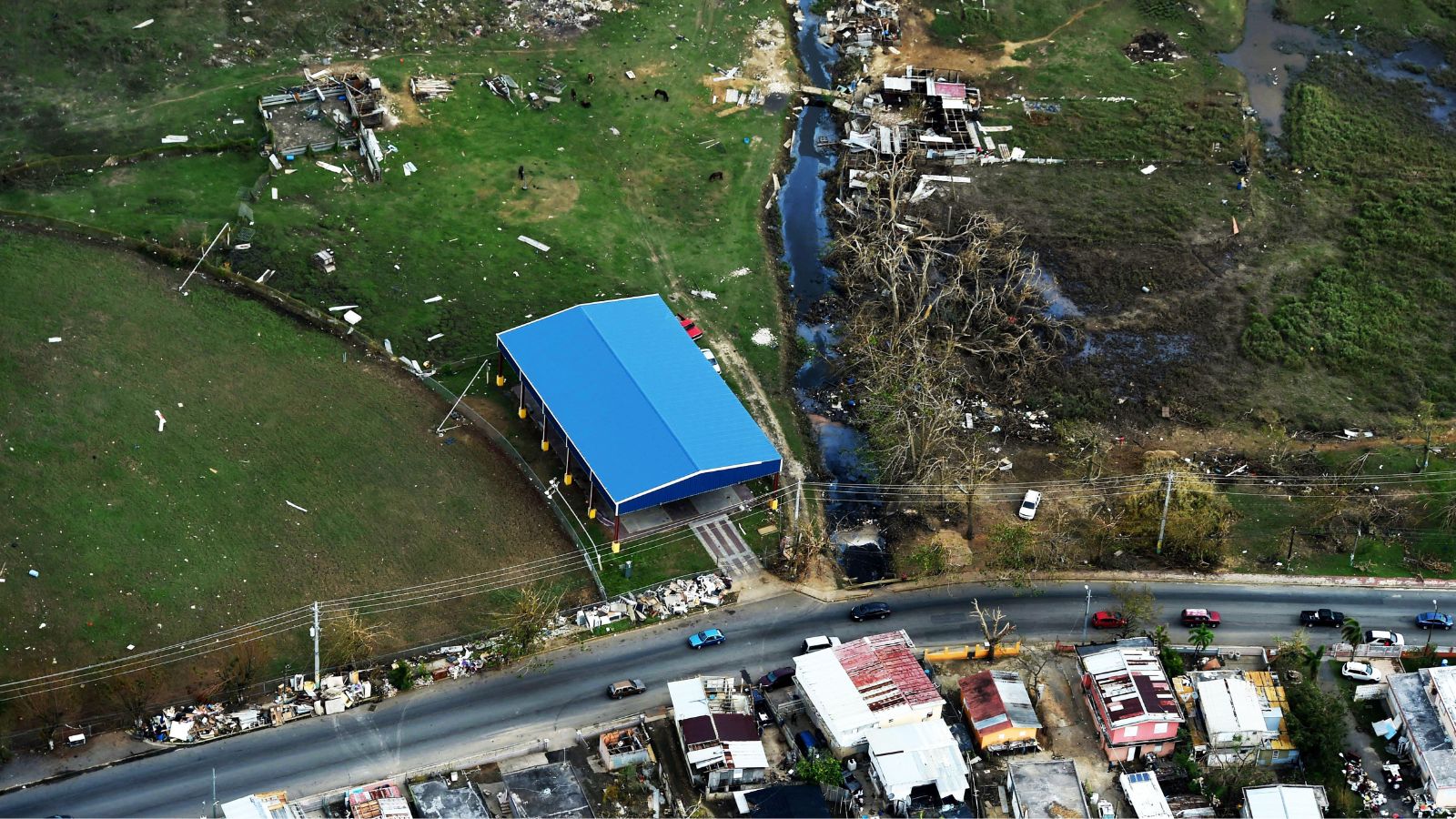In 2017, Hurricane Maria devastated Puerto Rico. Many people had no electricity, cell service, or drinking water.
Government agencies and emergency responders were overwhelmed, and communication systems broke down.
For some domestic abuse survivors, it was an especially dangerous situation.
“You didn’t know if your protection order was in place,” says Tania Rosario-Méndez of Taller Salud, a nonprofit focused on women’s health and violence reduction. “Then you have no protocols in place for the emergency shelters. And Puerto Rico is made up of very small communities … so it’s very likely that you will end up with your abuser in the same emergency shelter.”
Rosario-Méndez says after the storm, her group visited shelters daily and offered guidance on how to protect women.
“And we had some master lists of victims and survivors from our programs. So we located all of them,” she says. “And we helped get some victims out of the island so that they would be safer.”
She says since Maria, groups on the island developed protocols and trainings to better protect women in emergencies.
But she says abuse survivors are still especially vulnerable when disasters strike.
Reporting credit: Sarah Kennedy/ChavoBart Digital Media
Source link


